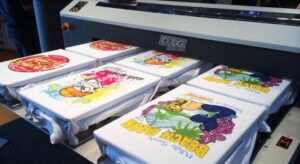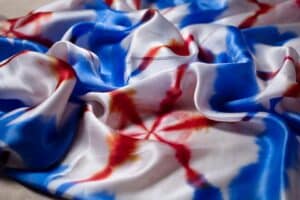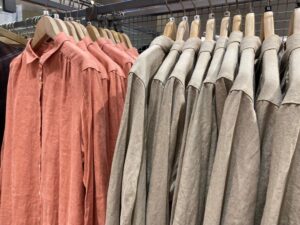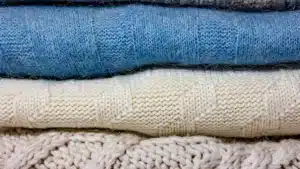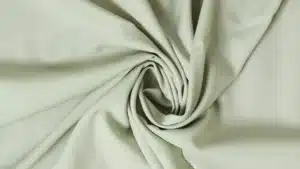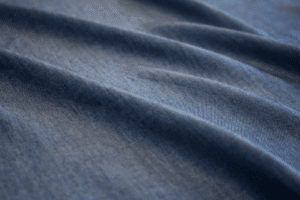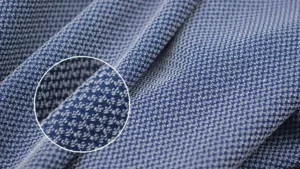When it comes to outdoor clothing, the choice of fabric is critical. The fibers used in your gear determine its performance, durability, and comfort. Whether you're hiking through a rainforest, scaling a mountain, or camping in chilly weather, understanding the difference between natural and synthetic fibers can help you make informed decisions about your outdoor apparel.
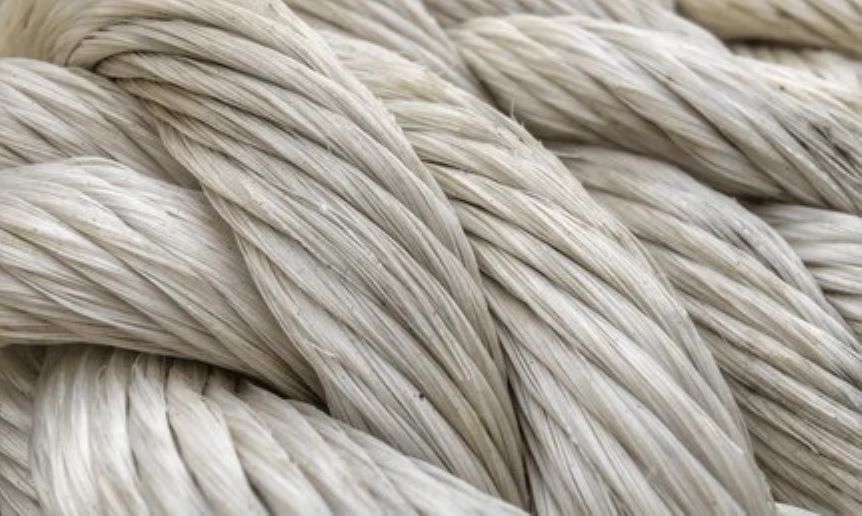
In this article, we’ll explore the properties of natural and synthetic fibers, their advantages and disadvantages, and how they impact the performance of outdoor clothing.
What Are Natural Fibers?
Natural fibers are derived from plants, animals, or minerals. They are biodegradable1 and often prized for their comfort and breathability.
Common Types of Natural Fibers
| Fiber | Source | Properties | Common Uses |
|---|---|---|---|
| Cotton | Cotton plant | Soft, breathable, absorbent, but slow to dry. | T-shirts, base layers. |
| Wool | Sheep or other animals | Warm, moisture-wicking2, odor-resistant, durable. | Sweaters, socks, winter gear. |
| Silk | Silkworms | Lightweight, smooth, temperature-regulating, but delicate. | Lightweight scarves, linings. |
| Hemp | Hemp plant | Strong, durable, and eco-friendly. | Durable bags, casual wear. |
Advantages of Natural Fibers
- Breathable: Ideal for regulating body temperature.
- Biodegradable: Environmentally friendly.
- Comfortable: Soft and gentle on the skin.
Disadvantages of Natural Fibers
- Absorb Moisture: Can retain water, making them slow to dry.
- Less Durable: Prone to wear and tear compared to synthetics.
- Variable Performance: May not perform well in extreme weather conditions.
What Are Synthetic Fibers?
Synthetic fibers are man-made, often derived from petroleum-based materials. They are engineered for specific performance characteristics, making them popular in outdoor clothing.
Common Types of Synthetic Fibers
| Fiber | Properties | Common Uses |
|---|---|---|
| Polyester | Durable, quick-drying, UV-resistant3, and affordable. | Jackets, pants, backpacks. |
| Nylon | Strong, lightweight, abrasion-resistant, and water-resistant. | Tents, rain jackets, ropes. |
| Spandex | Highly elastic, form-fitting, and resistant to sweat and body oils. | Stretchable activewear. |
| Acrylic | Wool-like, lightweight, and resistant to sunlight and chemicals. | Sweaters, blankets, linings. |
Advantages of Synthetic Fibers
- Durable: Resistant to wear and tear.
- Quick-Drying: Ideal for wet conditions.
- Weather-Resistant: Often treated for water resistance, UV protection, and windproofing.
- Lightweight: Easy to carry and wear during outdoor activities.
Disadvantages of Synthetic Fibers
- Less Breathable: Can trap heat and moisture.
- Non-Biodegradable: Less environmentally friendly.
- Odor Retention: May retain odors more than natural fibers.
Natural vs. Synthetic Fibers: Which is Better for Outdoor Clothing?
The choice between natural and synthetic fibers depends on the specific needs of your outdoor activity. Here’s a quick comparison:
| Property | Natural Fibers | Synthetic Fibers |
|---|---|---|
| Breathability4 | High | Moderate to Low |
| Durability | Moderate | High |
| Moisture Management | Absorbs moisture, slow to dry | Wicks moisture, quick-drying |
| Weight | Heavier | Lightweight |
| Eco-Friendliness | Biodegradable | Non-biodegradable |
| Cost | Often more expensive | Affordable |
When to Choose Natural Fibers
- For mild weather conditions.
- When comfort and breathability are priorities.
- For eco-conscious consumers.
When to Choose Synthetic Fibers
- For extreme weather conditions (rain, snow, wind).
- When durability and quick-drying properties are essential.
- For high-performance outdoor activities like hiking, climbing, or camping.
Blended Fibers: The Best of Both Worlds
Many outdoor clothing manufacturers, including Identity Custom Clothing, use blended fibers to combine the benefits of natural and synthetic materials. For example:
- Wool-Polyester Blends: Offer warmth, moisture-wicking, and durability.
- Cotton-Spandex Blends: Provide comfort, breathability, and stretch.
Blended fibers are versatile and can be tailored to meet specific performance needs, making them a popular choice for outdoor apparel.
Caring for Natural and Synthetic Fibers
To extend the lifespan of your outdoor clothing, follow these care tips:
Natural Fibers
- Wash Gently: Use cold water and mild detergent.
- Air Dry: Avoid high heat to prevent shrinkage.
- Store Properly: Keep in a cool, dry place to avoid mold.
Synthetic Fibers
- Machine Wash: Use a gentle cycle with cold water.
- Avoid Fabric Softeners: They can reduce moisture-wicking properties.
- Dry on Low Heat: High heat can damage synthetic fibers.
Conclusion
Understanding the properties of natural and synthetic fibers is essential for choosing the right outdoor clothing. Natural fibers like cotton and wool offer breathability and comfort, while synthetic fibers like polyester and nylon provide durability and weather resistance. Blended fibers combine the best of both worlds, making them a versatile choice for outdoor enthusiasts.
At Identity Custom Clothing, we specialize in crafting high-performance outdoor apparel designed to meet the demands of your adventures. Explore our collection to find the perfect blend of comfort, durability, and functionality for your next outdoor journey.
-
Biodegradable materials break down naturally, reducing environmental waste. ↩
-
Moisture-wicking fabrics pull sweat away from the skin to keep you dry and comfortable. ↩
-
UV-resistant fabrics protect against harmful ultraviolet rays, reducing the risk of skin damage. ↩
-
Breathability is typically measured using a metric called Moisture Vapor Transmission Rate (MVTR), which indicates how much moisture (in grams) can pass through a square meter of fabric over 24 hours. The higher the MVTR, the more breathable the fabric. ↩



